Tag: myofunctional
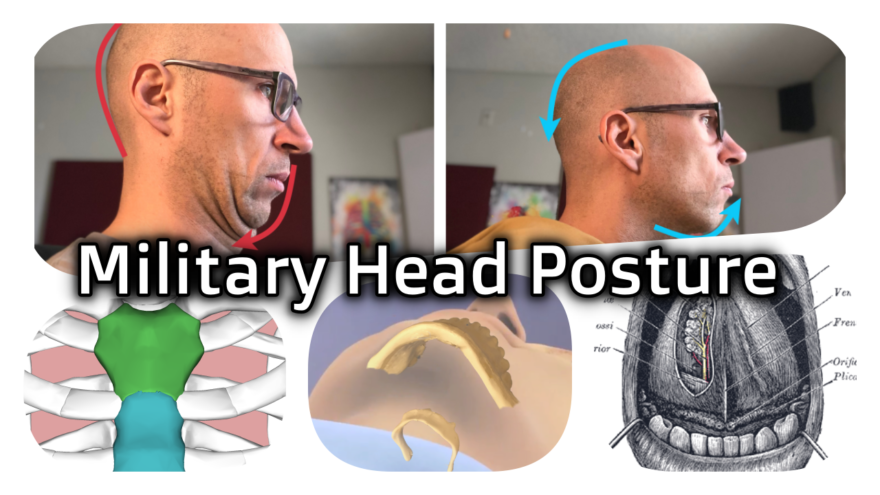
Military Head Posture
If you have a military head posture, double chins, and aren’t sleeping like a boss, you mos def gotta check…
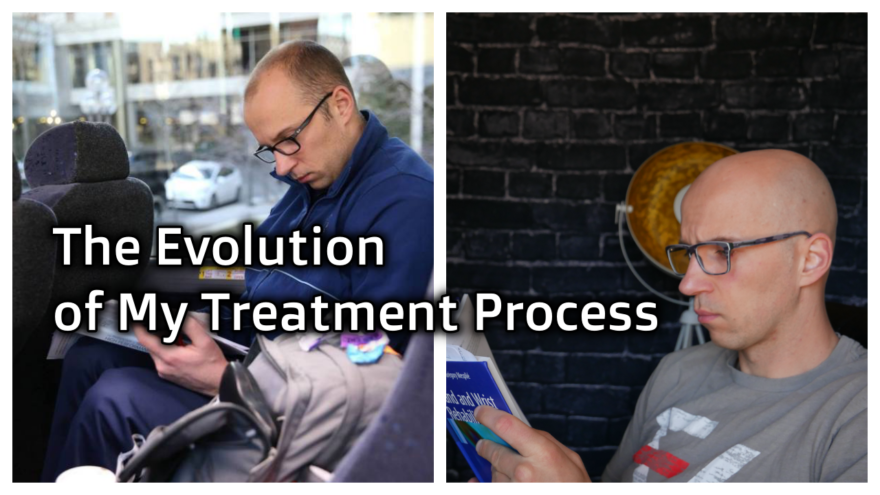
The Evolution of My Treatment Process
What has changed in my treatment model? If you aren’t getting better, you are getting worse, so how has your…

Top 10 Posts of 2020
From upper airway to infrasternal angles, some of the best posts to consume on my site are right here!

The Keys to Improving Your Upper Airway
Sleep apnea, upper airway resistance, snoring, grinding your teeth, ADHD; what do all of these areas have in common? Many…
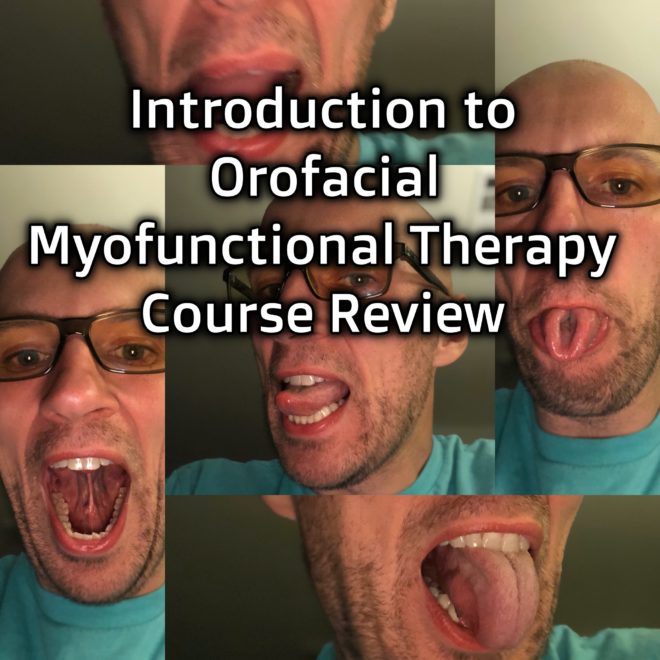
Introduction to Orofacial Myofunctional Therapy Course Review
How improving tongue mobility can impact sleep and nasal breathing I hit a plateau. I was getting good results with…
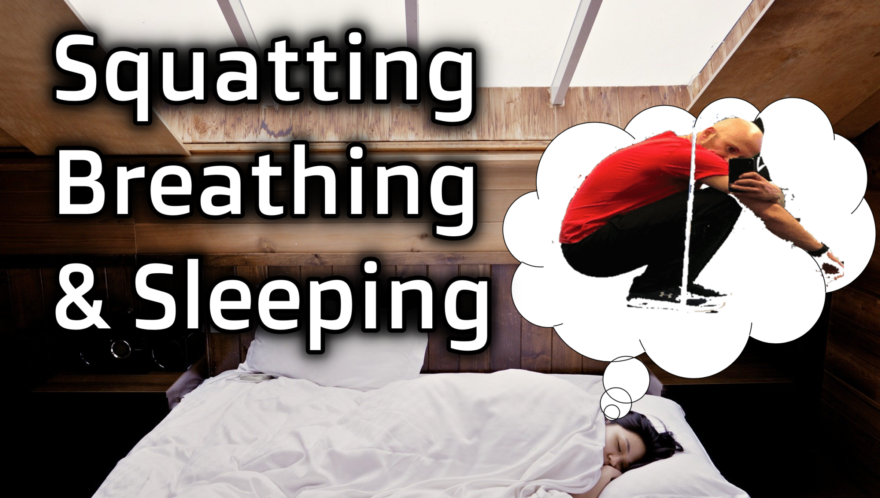
Squatting, Breathing, and Sleeping
What does squatting, breathing, and sleeping all have in common? The answer is airway management. In order to squat well,…
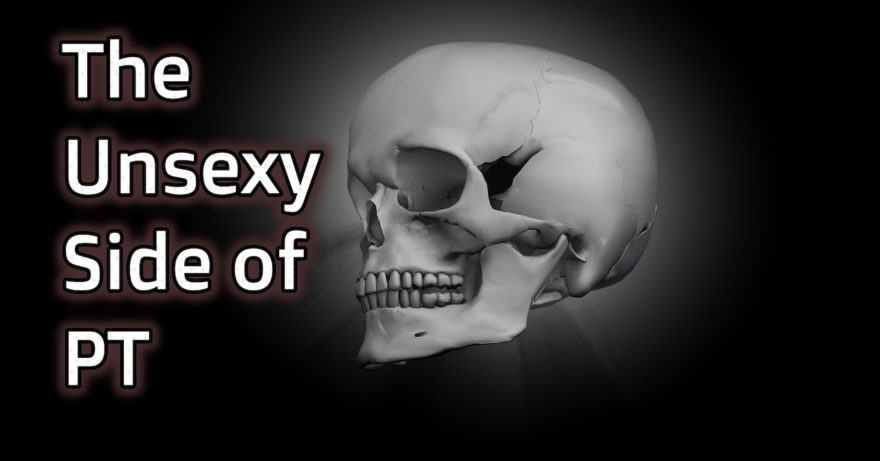
The Unsexy Side of PT
Struggle with mouth breathing? Much of the stuff taught on my site focuses on maximizing your breathing skills from the…
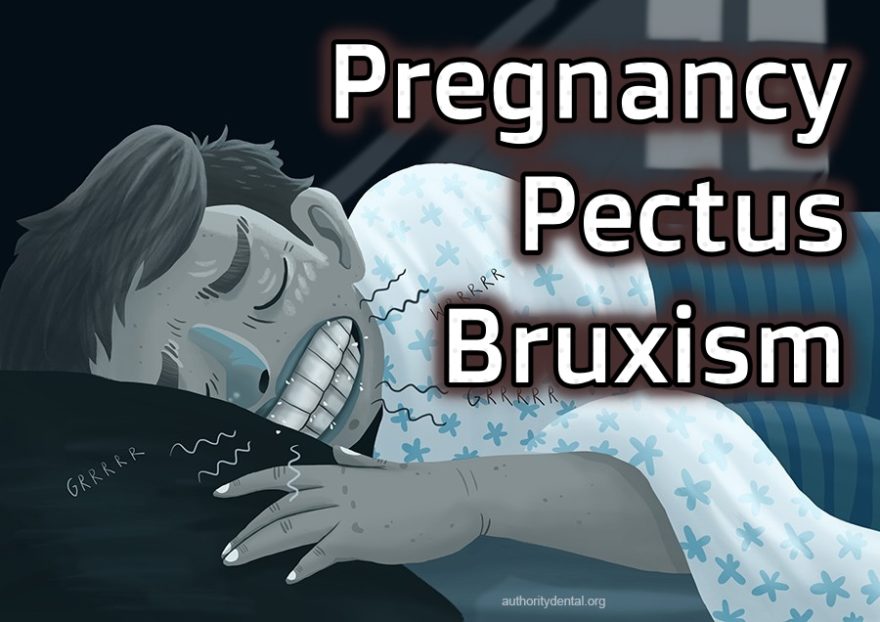
Pregnancy, Pectus, and Bruxism – Movement Debrief Episode 106
Movement Debrief Episode 106 is in the books. Below is a copy of the video for your viewing pleasure, and…
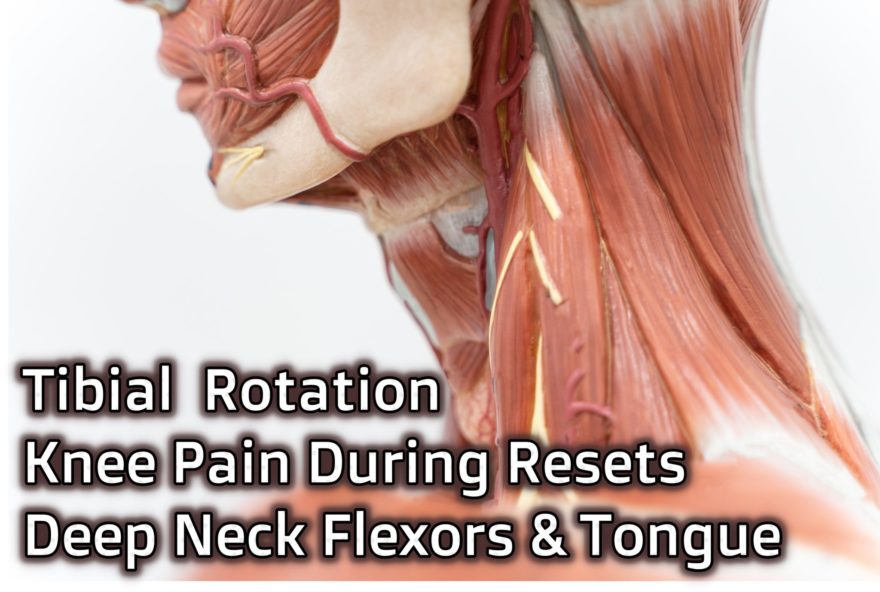
Tibial Rotation, Knee Pain During Resets, Deep Neck Flexors and Tongue – Movement Debrief Episode 93
Movement Debrief Episode 93 is in the books. Below is a copy of the video for your viewing pleasure, and…
